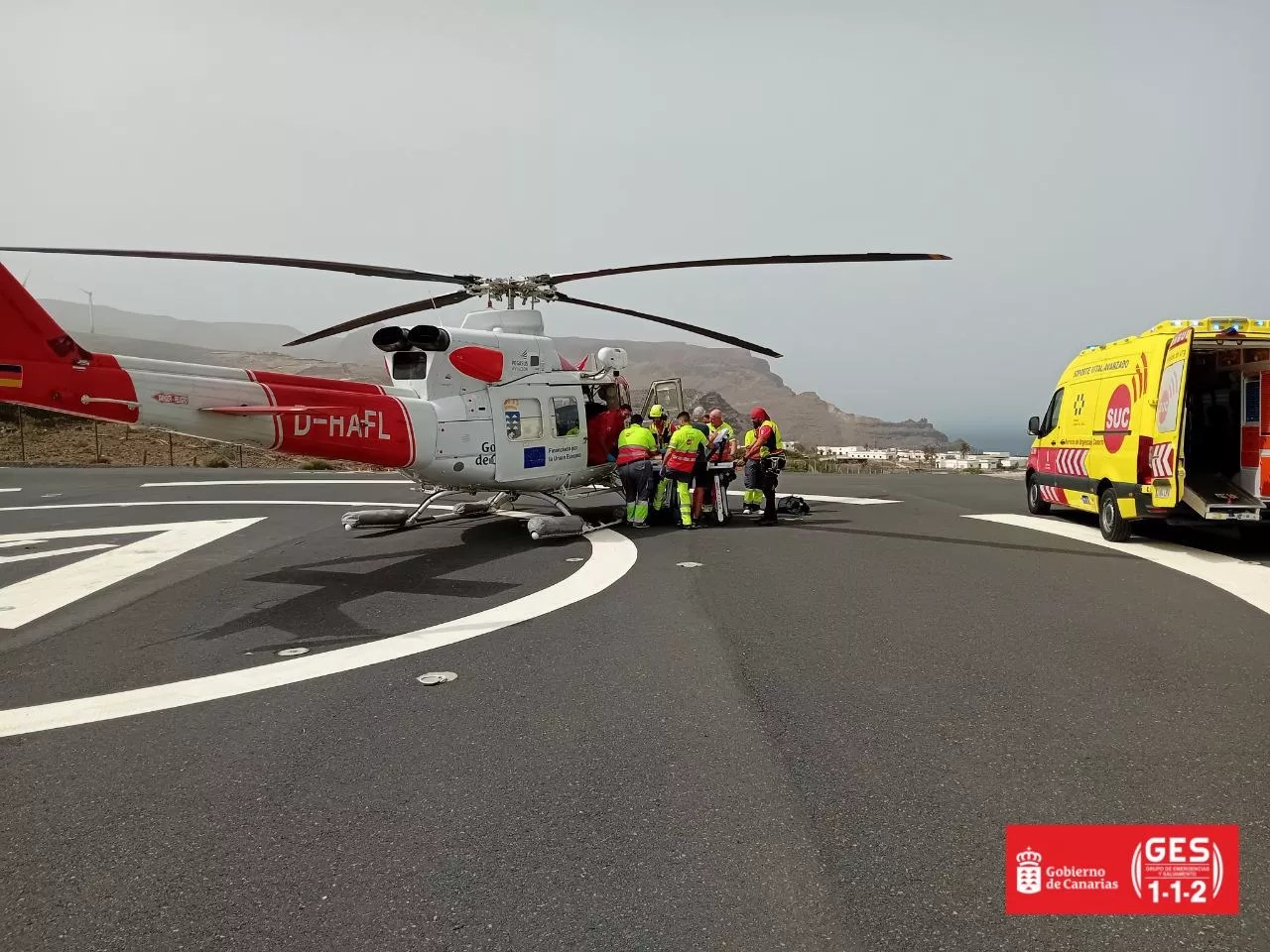Voyaging leads to enlightenment. Based on this notion, numerous scientists and naturalists ventured to the Canary Islands during the 18th and 19th centuries to make advancements in various fields, finding a conducive environment for their studies.
During that era, the islands played a vital role in European commerce and the exploration of new lands. Recreating that historical context was the goal of the Canarian Orotava History of Science Foundation (Fundoro). It was proposed to enrich its museum collection with a section dedicated to these pioneering individuals associated with astronomy, geology, volcanology, zoology, botany, and comparative psychology, with guidance from experts in each field such as Juan Carlos Carracedo, Arnoldo Santos, Francisco Sánchez, and Alberto Relancio, respectively.
The overarching aim of the collection is to recreate the environment encountered by these intellectuals upon their arrival on the islands. The initial steps were taken towards the end of 2021 with the first corner that greets visitors at the onset of the tour. This section is named after Louis Feuillée, a French priest, botanist, geographer, and astronomer, who led what is acknowledged as the inaugural scientific expedition to the Archipelago in 1724 to precisely determine the location of the prime meridian on El Hierro.
Designed to resemble the cabin of an 18th-century galleon, meticulous attention has been paid to every detail, including a bottle of Malvasía from the year 1790, filled with wine from that era donated by a resident of La Orotava, as highlighted by Fundoro’s director, Miguel Ángel González Expósito.
Within the exhibit are authentic artefacts alongside near-perfect reproductions, such as two 18th-century nautical charts. During his time on the islands, Feuillée documented his experiences in a diary, featuring the first recorded sketch of the Teide violet during his ascent of the volcano, marking one of the initial efforts to measure its altitude, despite his calculations not being entirely precise. “We had been accumulating materials, and when the City Council allocated this ground floor of our headquarters’ building to us, we saw an opportunity to offer something captivating to the public,” expressed González.
Thus, the Fortunatae insulae room came into being, inaugurated in February of the current year, housing four sections dedicated to the aforementioned sciences.
Situated on the left, the astronomy division endeavours to portray the progression of initial astronomical observations by two notable explorers, Charles Piazzi Smyth and Jean Mascart, who were the first to recognise the significance of the Canarian skies as a subject of study.




















